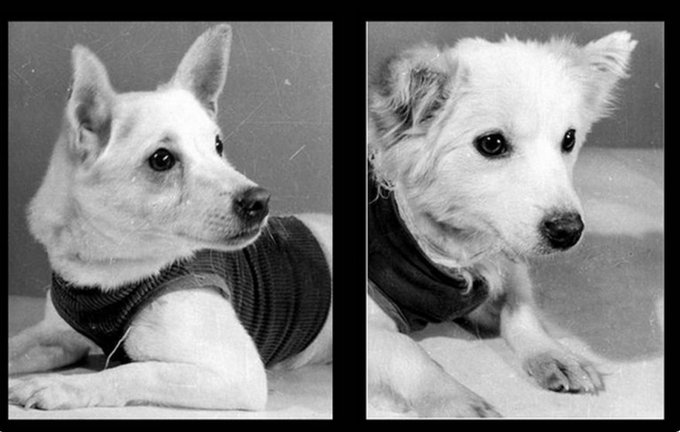One of our Solar System's most tantalizing worlds, Enceladus is backlit by the Sun in this Cassini spacecraft image from November 1, 2009 https://t.co/7J713lFfFK
What's happening to galaxy NGC 474? The cause of these shells is currently unknown, but possibly tidal tails related to debris left over from absorbing numerous small galaxies in the past billion years, or simply ripples in a pond (density waves) https://t.co/IraNRLOb3K
Why do some spiral galaxies have a ring around the center? Spiral galaxy NGC 1398 not only has a ring of pearly stars, gas and dust around its center, but a bar of stars and gas across its center, and spiral arms that appear like ribbons farther out https://t.co/iww5dYpoxK
The bright stars Vega, Deneb, and Altair form a large triangle on the sky visible in the northern spring's mornings https://t.co/d1CB0sJODB
There was a time when the attempts to create a flying car were taken seriously https://t.co/OXGjUHBrqm [Convair Model 118, San Diego, 1947]
Friction is an intuitive concept, but what if you need to model it at a microscopic level? https://t.co/ztYYvpc0CY
Archimedes formally stated the correct mathematical principle of levers https://t.co/KHCLlT0rhX
#Today in 1960, Korabl-Sputnik 3, also known as #Sputnik6, was launched carrying two dogs, Mushka and Pchyolka into space. Both dogs perished during reentry https://t.co/2Be09DfRSp
Fans of our fair planet might recognize the outlines of these cosmic clouds. On the left, the North America Nebula. To the right, the Pelican Nebula https://t.co/bBT2UdYYu8
See Jovian clouds in striking shades of blue in this new view taken by @NASAJuno spacecraft https://t.co/Fze2ouCViy [image processed by Gerald Eichstädt and @_TheSeaning]











